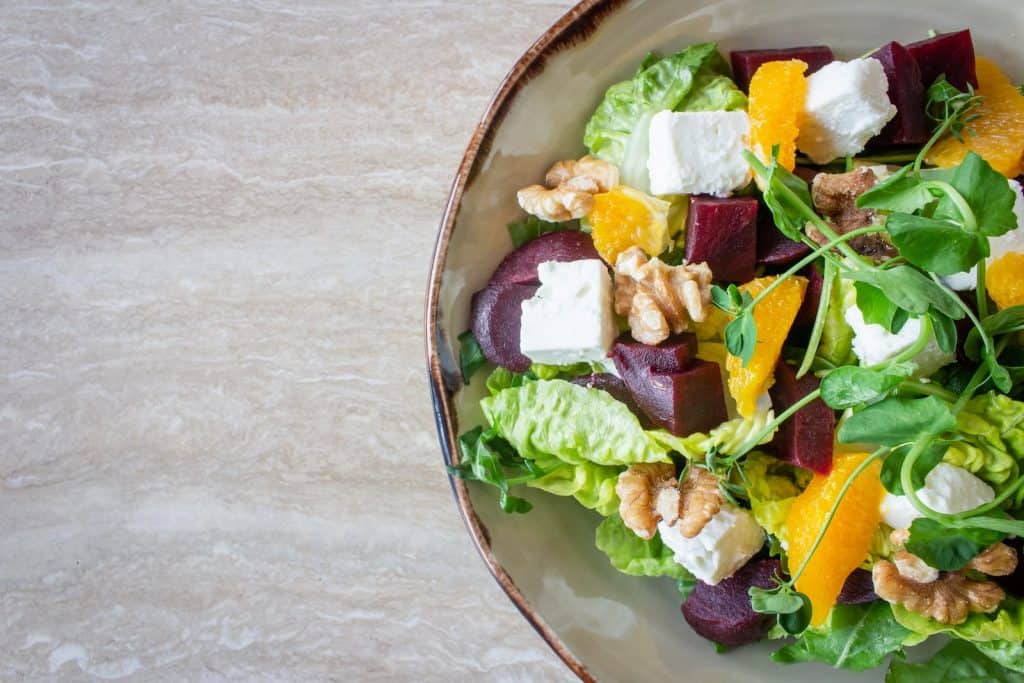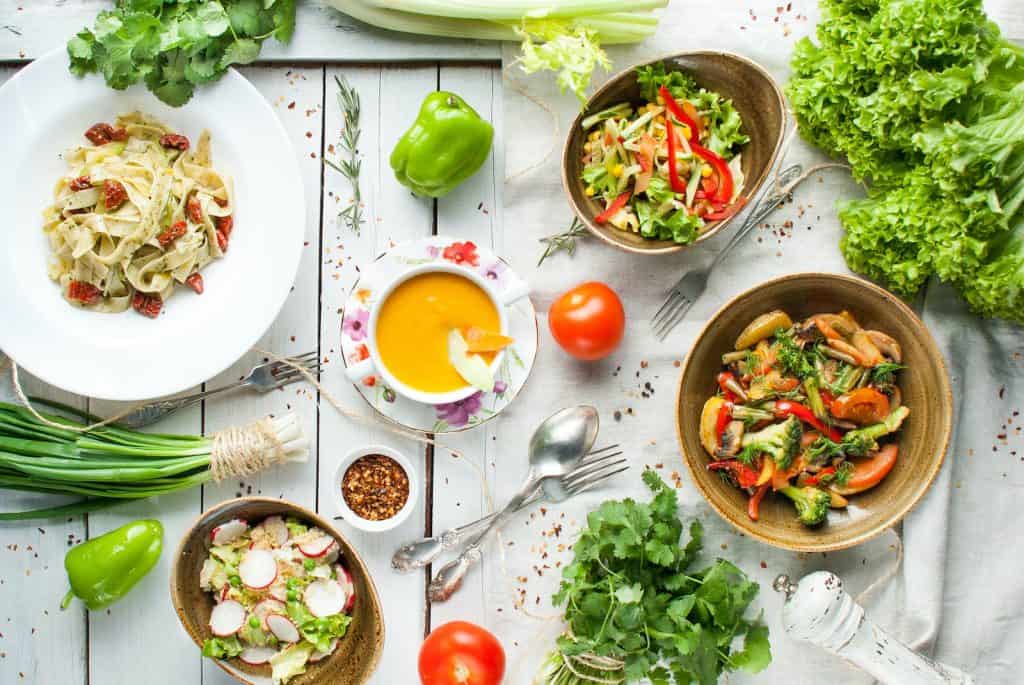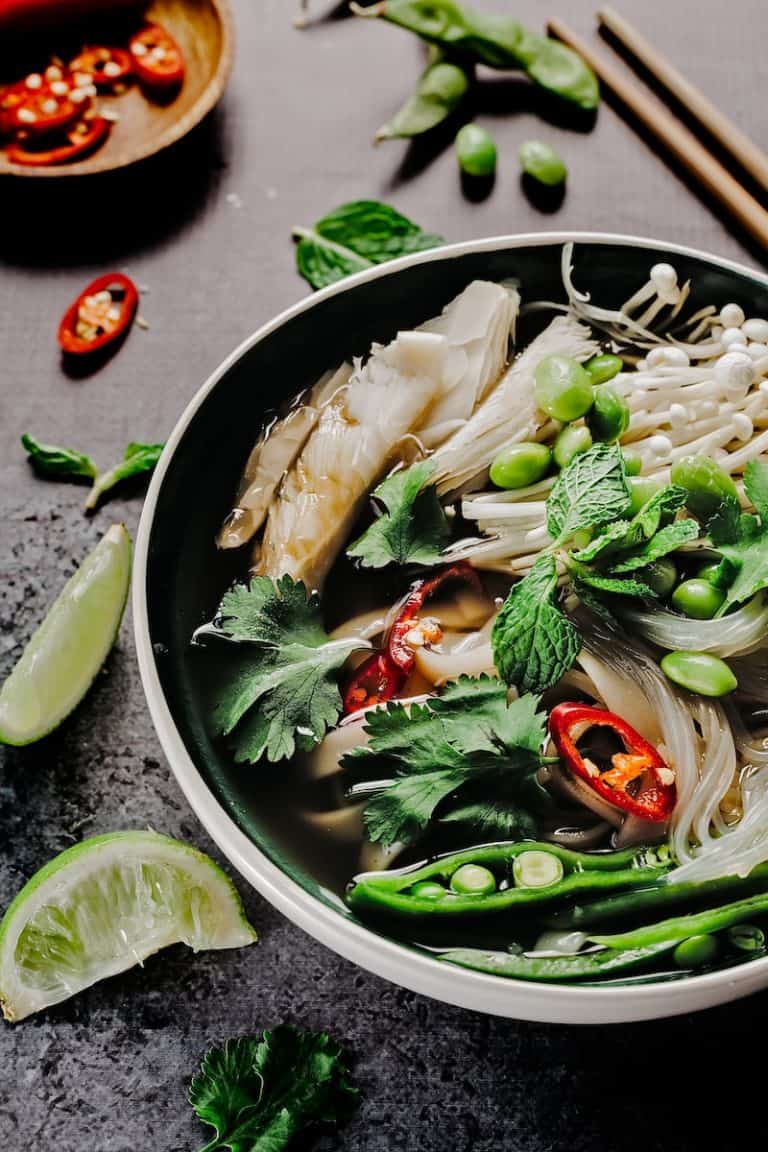Unless you’ve been living under a rock, you’ve doubtless heard of vegetarians. But do you have any idea how many types of vegetarians are there?
This plant-based and meat-free diet has gained popularity among people who care about their health, the environment, animal rights, and even foodies! That’s due to the many benefits a vegetarian types of vegetarian diets can have for an individual and far beyond. You may not know that there are actually seven different types of vegetarians!
How Many Types of Vegetarians Are There
Yes, there are seven. Many vegetarians identify with a more specific eating style because vegetarianism isn’t limited to whether or not you consume vegetables as your primary source of nutrition and may have different rules and restrictions. We’ll examine these seven sections of the vegetarian lifestyle, what each one eats, and how to pick the proper dietary option for you in this article.
What is a Vegetarian?
There are seven types of vegetarians, all who consume fruits, vegetables, beans, legumes, and grains. The diet variation occurs with animal by-products. So a vegetarian always eats plant-based foods unless another dietary restriction prevents it. Below is a closer look at the other approved food items for each type of vegetarian.

1. Lacto Vegetarian Diet
The term “vegetarian” is applied to people who eat plant-based diets but do not consume meat, fish, or other animal products. A lacto-vegetarian is the first type of vegetarian in this category. These persons follow all of the same restrictions as vegetarians and rely mostly on plant foods for their nutrition, although they are permitted to consume dairy items like milk, yogurt, butter, and cheese.
Some people choose to follow this diet instead of others for various reasons. They may like dairy products and not want to give them up, which is perfectly understandable. Dairy also contains a good amount of protein, so if someone’s priority is making sure they’re getting enough protein in their vegetarianism diet, then including diary wouldn’t be a bad idea.
2. Lacto-Ovo Vegetarians
If you’re still not sure, consider that most Lacto-ovo vegetarians do not eat meat and continue to consume dairy products and eggs. Once again, people may choose this way of life for a variety of reasons, including the enjoyment of the foods, protein concerns, and even differing beliefs regarding animal welfare.
3. Vegans
Vegans are similar to vegetarians but with a few key distinctions. This is one of the more well-known differences between vegan and vegetarian diets, and it is largely considered the most restrictive dietary philosophy. Individuals who choose to follow vegan principles not only cut out animal meat, dairy products, and eggs–they also avoid all animal by-products. Specific examples include honey, gelatin, collagen, and even white sugar. Oftentimes,, vegans will also refuse to purchase any item that contains traces of animals oranimal product.
Raw vegans are the most extreme subset of vegans. These folks only eat raw, uncooked plant-based meals. This way of life is commonly seen as a tribute to our ancestors’ diet before they had access to fire for cooking. However, there is debate among scientists and nutritionists about whether or not a raw vegan diet has any more advantages than a vegan or other vegetarian diet.

4. Ovo-Vegetarians
Ovo-vegetarians are, dietarily speaking, quite similar to vegetarians. The main difference is that ovo-vegetarians do consume eggs while regular vegetarians do not. People may choose this diet for a variety of reasons, but some common ones include liking the taste of eggs or feeling they need the nutrients found in them.
5. Pescatarians
For the purpose of this blog post, we’re including pescatarians in our list of vegetarians! Pescatarians are people who choose to only eat fish and seafood. They do not consume any other land animal proteins, such as chicken, pork, or beef. Depending on each person’s approach to this diet, they may still consume eggs or dairy products.
Given the few limits placed by a pescatarian way of life, this can be a wonderful choice for someone who wants to reduce their animal protein intake considerably but is not ready to entirely eliminate it as a source of protein and nutrition. Fish and other seafood have also been found to offer significant health advantages, especially cardiovascular health. Those who suffer from certain medical issues may choose to include fish in their regular diet if they wish.
6. Pollotarian
A pollotarian is a person that cuts out red meat and pork but continues to eat poultry, such as chicken, duck, turkey, and other fowl. For some people, this is a step on the road to eliminating animal products entirely; while others may be more concerned with the health risks of eating red meat. Pollotarians have somewhat fewer restrictions than pescatarians do, making it easier for them to transition into a vegan diet.
7. Flexitarian
Finally, flexitarianism is a broad category of vegetarianism in which people eat less frequently and engage in other behaviors. The last kind of vegetarianism is known as flexitarianism. Those who adhere to this lifestyle are flexible with their diet and food limitations, as the name implies. Flexitarians may not totally eliminate animal proteins or animal by-products from their diets, as opposed to strict vegetarians. Some flexitarians still eat animal products occasionally, but they make a effort to consume less of these items. For example, limiting meat intake two days per week or only eating grass-fed beef.
The flexitarian diet is perfect for people who want to improve their diets, although they might not be ready or have the motivation to do a total lifestyle makeover. When you choose this route, you have more time to explore the meatless options available and learn about both the health benefits and environmental effects of dietary changes.
Many people, in fact, are flexitarians whether they are aware of it or not. There has been a significant increase in those interested in a vegetarian lifestyle as a result of the increased exposure on the health advantages. However, most people have grown up with a meat-centric diet and finding it difficult to change immediately. As a result, flexitarianism allows them to make minor adjustments over an extended period of time while still maintaining their goals.
How Many Types of Vegetarians Are There?: Making the Right Choice
With so many distinct types of vegetarians to choose from, it may be tough to know where to start. This is rather than what these categories imply. To summarize, there are so many varied sorts of vegetarians because there is no “correct” or “best” path for becoming plant-based. Each classification was created as a result of people deciding what was best for them, their preferences, and their lifestyle.
Don’t restrict yourself before you’ve even given a plant-based diet a chance! Ease into it by making small changes and different choices as you go. There are plenty of options for those who want to try out a vegetarian or vegan lifestyle – like vegetarian BBQs with some great vegan summer recipes! And always remember, there is no “right” way to go about this journey. Do what works best for you!

